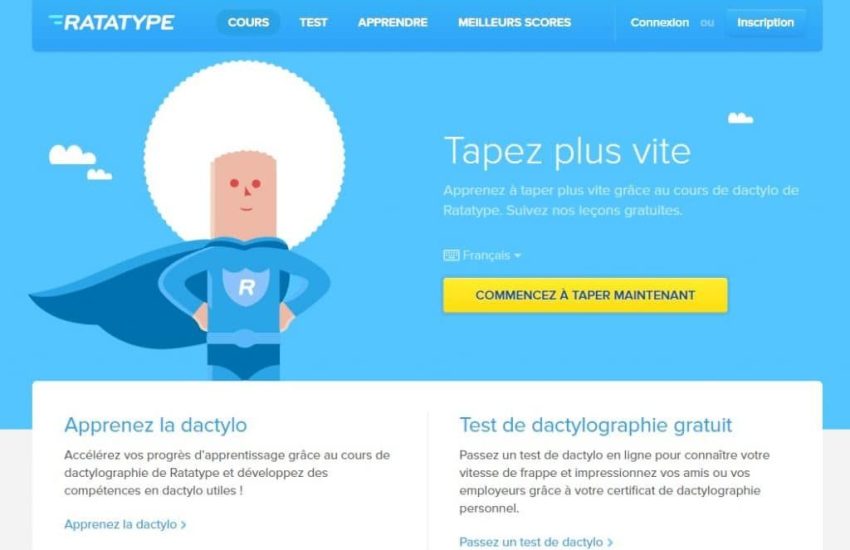Presentation of Prestashop, what you need to know about this CMS
Prestashop presentation: what you need to know about this CMS
Prestashop is one of the main actors contributing to the development of e-commerce worldwide. The digital solution has opened about 300 000 online stores to date. The success of the CMS is based on its free, practicality, lightness, speed and its various features.
Thus, this tool is often preferred for the creation of commercial sites.
What is Prestashop ?
Prestashop is a free and open source digital solution dedicated to the creation of e-commerce sites. It is technically a CMS (content management system) or SGC (système gestion de contenu). The name also refers to the editor of the web application, a French startup founded in 2007.
Popular in France, the software is now available in over 165 countries and 63 different dialects.
The Prestashop CMS is generally appreciated for its many features adapted to the needs of online stores. Thus, it is often compared to industry leaders like WooCommerce, Shopify and Magento. However, the tool stands out for its ease of use and daily management.
It is therefore suitable for novice users wishing to start in e-commerce.
Through the free license, the startup allows third-party developers to contribute to the evolution of the software. She has also managed to federate a huge community around the project. Therefore, the team regularly launches updates to improve the performance of its e-commerce solution.
The CMS is currently in its version 1.7.8.2, deployed on December 7, 2021.
Why use Prestashop ?
The diversity of Prestashop’s features is certainly its greatest asset. Moreover, the platform is really easy to use. The online stores are therefore scalable at will, even without any notion in coding. In concrete terms, the web application integrates a myriad of customization options for :
- The catalog (categories, packs, gift lists…);
- Customers (reminder, sponsorship, loyalty points…);
- Orders (cart management, returns, invoices…);
- Delivery (delivery tracking, billing by weight, notifications…);
- Payment (currencies, Moneybookers, Paypal, Hipay, Google Checkout…) ;
- Statistics (visits, connected users, orders, sales…);
- Localization (change currency, exchange, add taxes…);
- Language (import of translation packs, online translation tool…);
- The referencing (SEO optimization, simplified URL, Google Sitemap …) ;
- Security (login, password, SSL encryption, PCI DSS compatibility…);
- The administration of the site (theme, WYSIWYG editor, addition of plug-ins, insertion of ads, affiliation, Google Adsense integration, SMS alerts…).
Moreover, these are only the basic functions to create an online store with Prestashop. E-merchants also have access to many paid modules such as Prestapress, Google Merchant Center, Facebook Fan Coupon… Each site can thus offer a unique user experience that promotes conversion.
How it works ?
Prestashop comes in two versions, Self-hosted system and Cloud offer. Both packages are available for free. The only difference lies in the hosting mode of the e-commerce site. With the classic self-hosted version, the user takes care of the hosting of his online store himself.
He must therefore pay for access to this service and manage the technical aspect of the operation.
This version gives a great latitude in terms of customization. It is possible to create and integrate your own themes, modules, options, etc. However, self-hosting requires more time and technical skills.
The merchant will have to install a server via FTP and various software for its visuals, its catalog, its dynamic functions, etc.
The Cloud version allows, on the other hand, to launch the platform quickly and without coding. Moreover, the user will not need to pay hosting fees or install Prestashop software on his PC. The site is hosted by the e-commerce platform from the start and inherits an associated subdomain by default.
However, this option only allows the use of themes and modules of templates.
The advantages of this solution
In addition to its many features, Prestashop is particularly interesting from an economic point of view. Small structures can indeed develop their commercial site at a lower cost with this digital solution. The open source software itself is free.
However, it is often necessary to budget for customizations. These expenses are still manageable for very small businesses.
On the other hand, the back-office of the platform is complete, simple and intuitive. It is therefore accessible to beginners. The hierarchical interface makes it easy to manage the day-to-day operations of an online store.
Thus, the e-merchant can easily organize order forms, invoices, prices, deliveries, payment methods, etc. The integrated statistics also help to boost sales.
Finally, this e-commerce solution is distinguished by its quality SEO configuration. Users can optimize elements such as the URL, keywords, title tags, meta descriptions, etc. In this way, they will benefit from a better positioning on the search engine results pages.
The e-merchant reduces his expenses in terms of natural referencing.
How to use Prestashop efficiently ?
After the basics, practical advice is generally essential in a Prestashop tutorial. It is indeed necessary to learn the best practices to take full advantage of this solution. Speed is, for example, one of the main issues in the sector.
To optimize the speed of the site, the most effective solution is to compress, combine and cache.
Thanks to this method, the web page will not load CSS files and JavaScript parts separately. Compressed elements are also lighter and easier to transfer. The loading time will be significantly reduced.
The results will be immediately visible and will improve the user experience.
Compression is also essential to speed up the addition and display of product images. Finally, it is important to optimize the database of the site. The CMS offers a free module for this purpose.
It only needs to be configured taking into account the specificities of the store in question.


